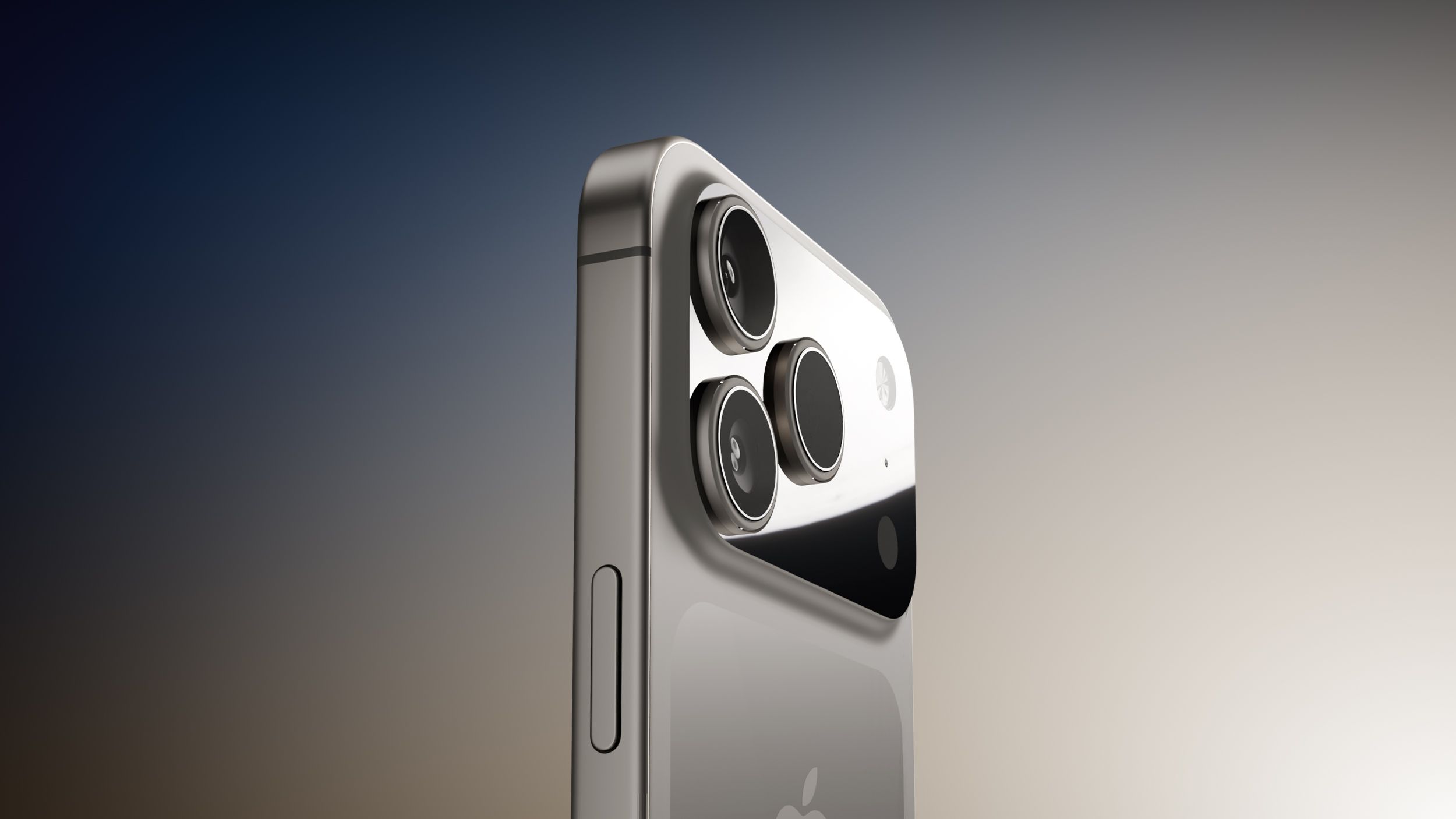Appleâs iPhone 17 Pro to Feature Redesigned Camera Panel and Enhanced Durability

Apple is gearing up for the launch of its much-anticipated iPhone 17 series, with significant design changes, particularly for the Pro models. According to a recent report by Bloomberg's Mark Gurman, the iPhone 17 Pro and its counterpart, the iPhone 17 Pro Max, will showcase a notable redesign in their rear camera panel. Unlike previous models that featured a contrasting two-tone color scheme, the new camera panel will match the color of the device itself, creating a more seamless and cohesive look.
Gurman's insights come from his latest edition of the Power On newsletter, where he clarifies that the upcoming iPhone 17 Pro will not adopt the two-tone back design that some speculative renders have showcased. He emphasizes that, contrary to these artistic interpretations, the camera area will blend in with the rest of the device's color. This shift indicates a design philosophy aimed at minimalism and elegance, enhancing the visual appeal of the latest iPhone iteration.
While some online images present a two-tone designâfeaturing a stark black camera block on a silver backgroundâGurman dismisses these visuals as inaccurate portrayals of what Apple has planned. He states, âThe camera area will be the same color as the rest of the device.â This decision aligns with Apple's trend toward streamlined aesthetics in its product design.
In addition to the redesigned camera setup, the iPhone 17 Pro is expected to retain many core features from its predecessors. Gurman notes that aside from the new camera module, which draws inspiration from Google's Pixel series, there won't be substantial changes compared to the current models. This approach suggests that while Apple is innovating, it is also relying on the strengths of its established design framework.
Reports from The Information further elaborate on the iPhone 17 Proâs construction, revealing a half-glass, half-aluminum build intended to enhance the device's durability. The glass section will ensure that wireless charging capabilities remain intact, while the aluminum frame is designed to be more resilient against drops and impacts, addressing user concerns regarding device fragility.
Moreover, this year's iPhone lineup will introduce a brand new model dubbed the iPhone 17 âAir,â which is set to replace the standard Plus variant. This new addition reflects Appleâs ongoing strategy to diversify its offerings, catering to a broader audience with varying preferences for size and functionality. The iPhone 17 series, including the Air model, is projected to be unveiled in September, continuing Apple's tradition of releasing new products in the fall.




























